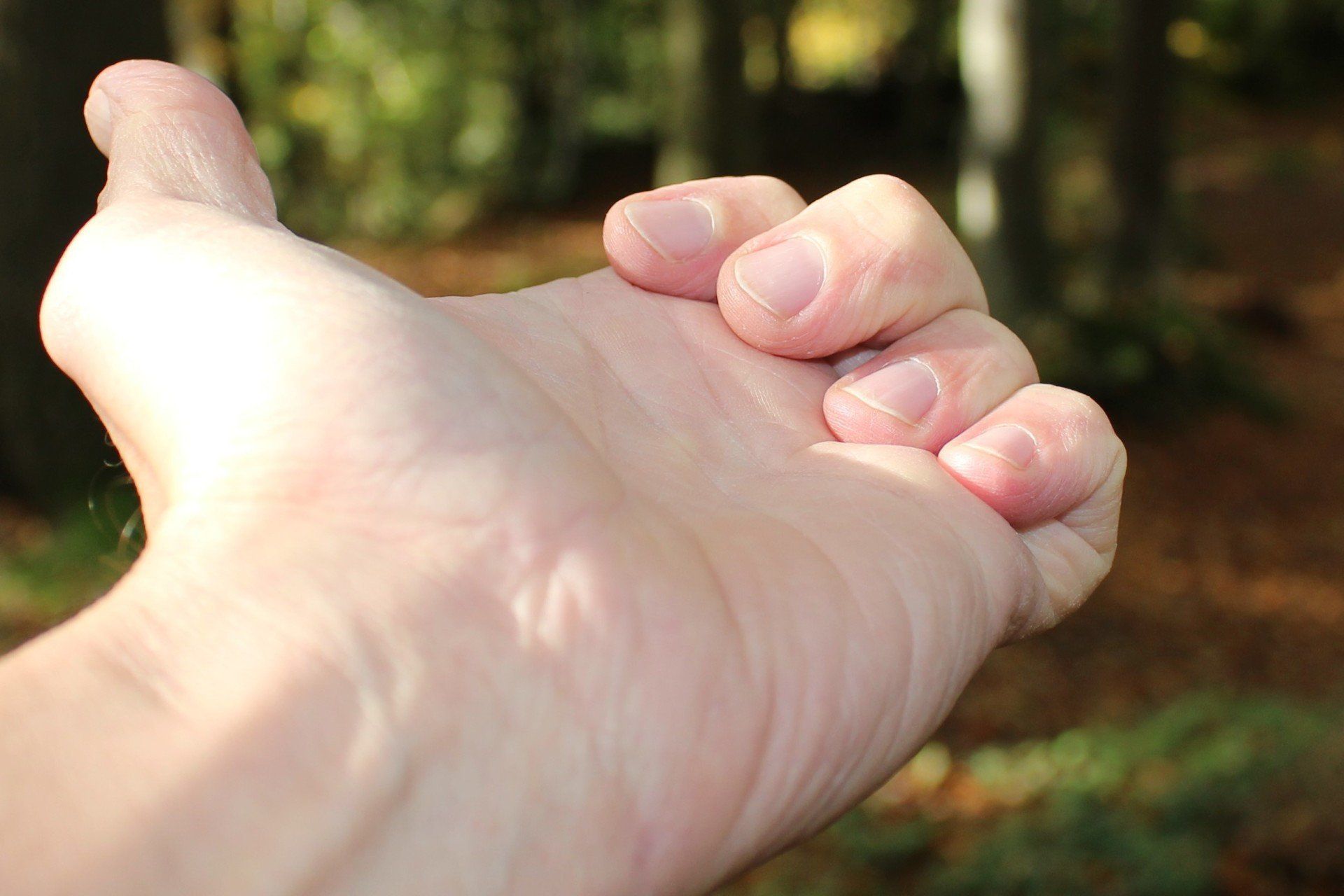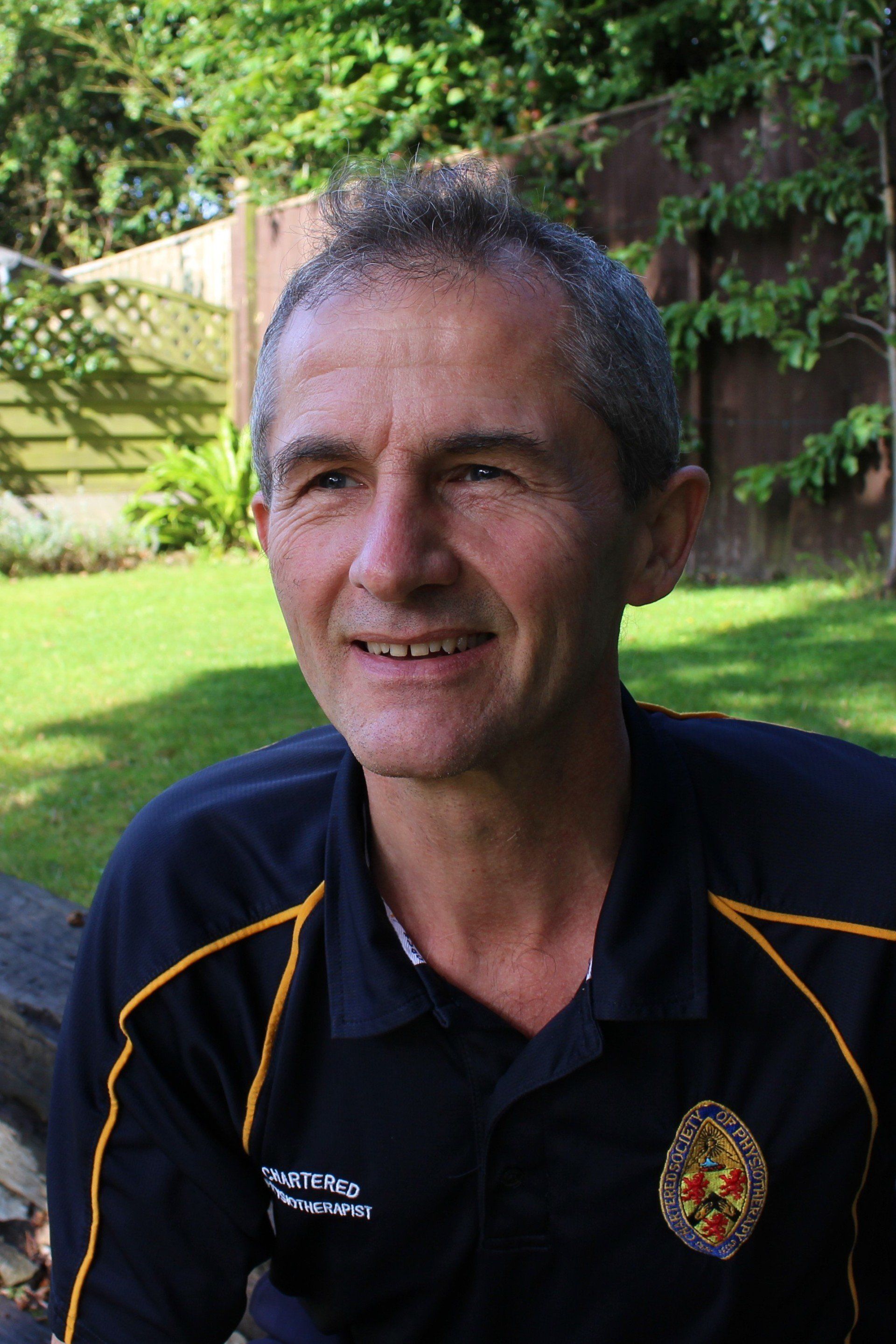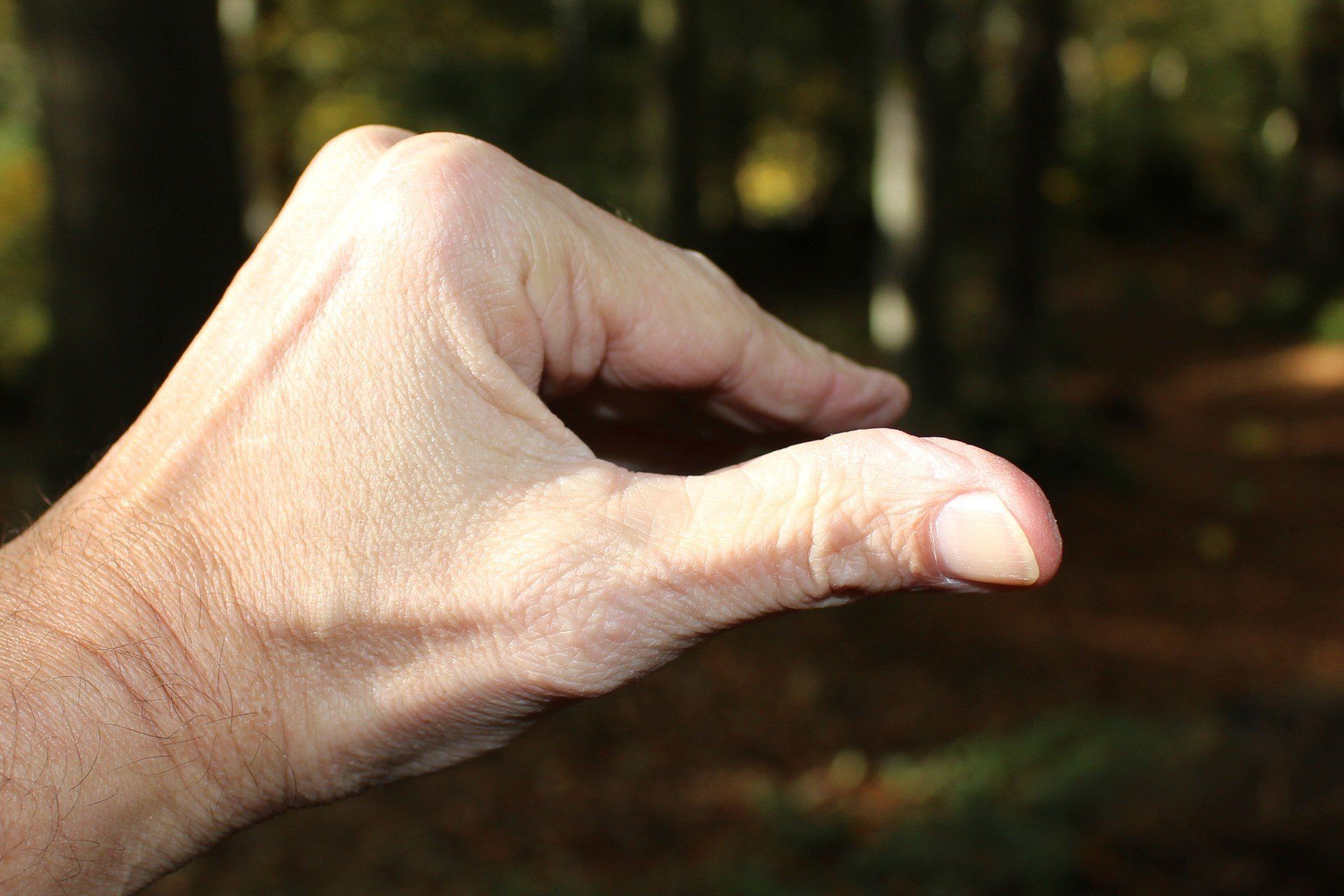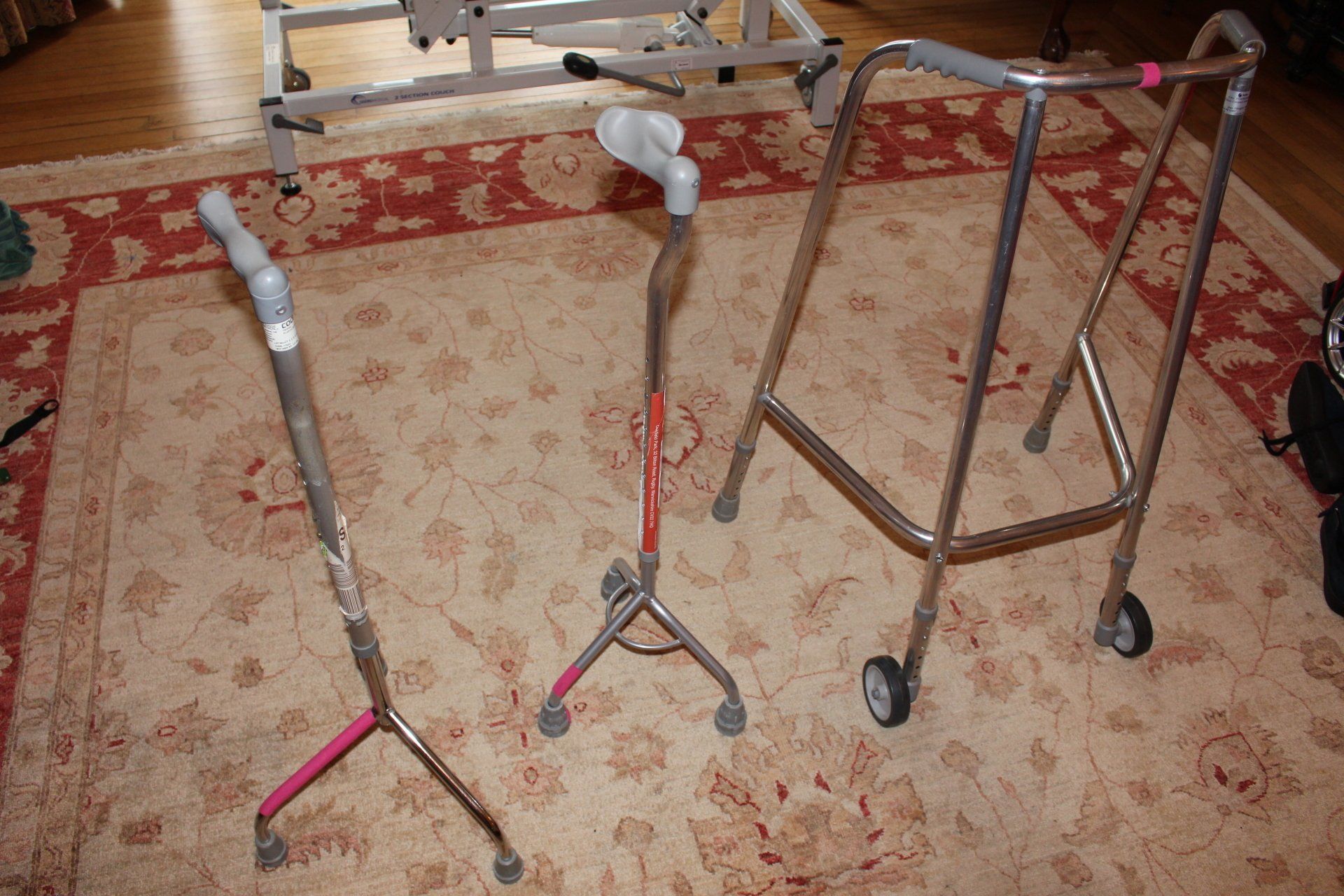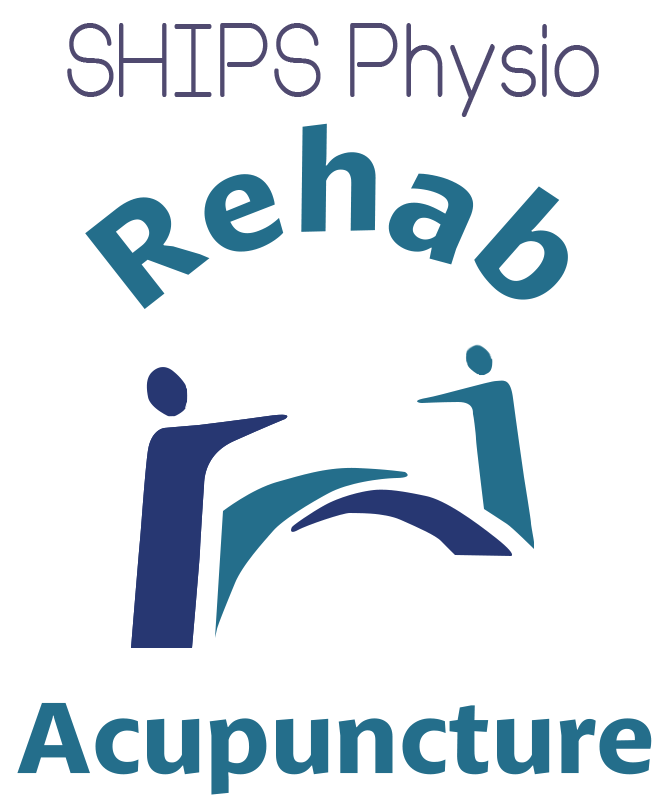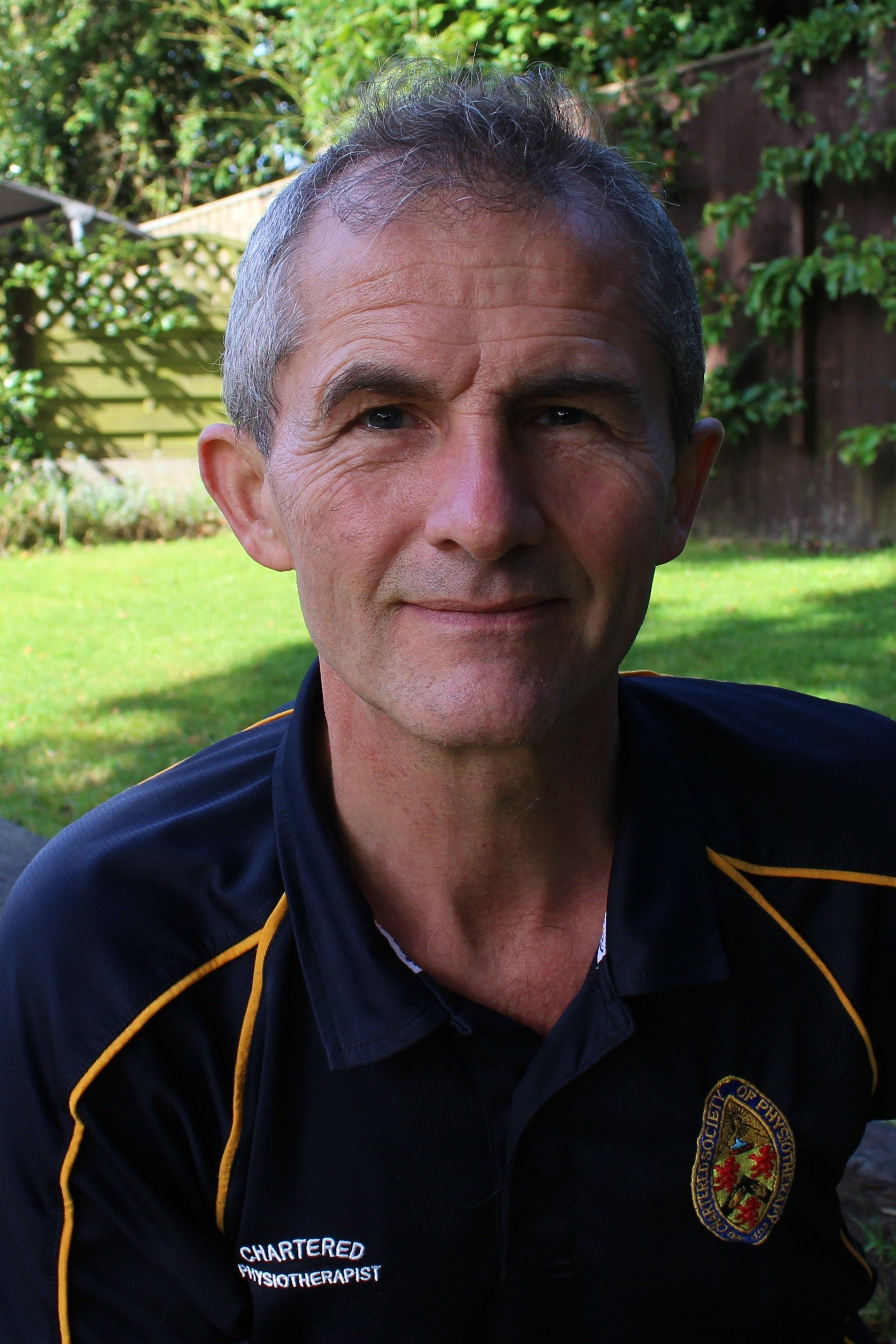Helping people see better
How to help navigate after a stroke. Do people get lost ? In their own home ?

I have been helping this lady with walking practice and she was having difficulty placing the stick in the best place for helping the balance.
Adding coloured strips to shoe and stick helped to line things up, and made balance safer.
I also recommend using similar ideas for brake levers on wheelchairs, which are invariably difficult to see against a bland background. Same goes for the release levers on the footplates, which can be equally hard to spot. Why are they made this way ? No matter as it's an easy one to improve. Try it and let me know whether it helps.
This is one of the many ways your local friendly physio can help. It isn't always just about exercises, sometimes little changes to your surroundings are enough to improve perception, and hence to improve function.
I do think that these ideas can help people so that they don't get lost in their own home. By that I mean making mistakes in judgement when moving, most commonly when trying to get through a doorway, and not leaving enough room to one side. Again get some advice on how to prevent this. Just ask.
Thanks, Andy
Physio for Stroke, Head Injury, Parkinson's Disease, Spinal Cord Injury
